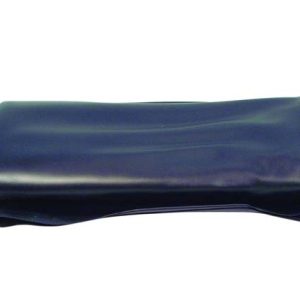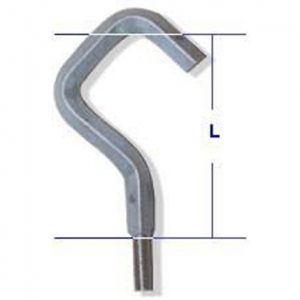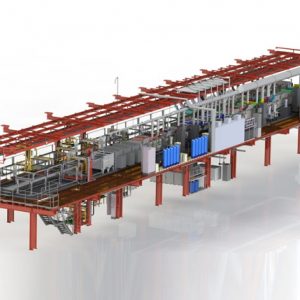Busbars, also known as busbar trunking systems, distribute electricity with greater ease and flexibility than some other more permanent forms of installation and distribution. Sometimes spelled bus bar, buss bar or even anode bars, they are often metallic strips of copper, brass, or aluminum that both ground and conduct electricity.
Different coating materials provide different conductivity limits and variations in the length of a product’s useful life. Busbars can also come in a multitude of shapes and sizes which affect the ampacity of the product. The word ampacity refers to the maximum amount of electric current a conductor can carry before sustaining critical levels of deterioration.
Busbars can either be fully enclosed or designed with a continuous access open-channel. Fully enclosed busbars provide similar benefits of reduced installation time and increased performance while supporting higher ampacities.
Other reasons that busbars or buss bars are popular:
Reduced facility costs because less construction labor means installation is less expensive and there are no costly changes and outside labor costs for electrical specialists.
Faster installation because building projects are up and running faster plus the ability to add, remove or relocate power easily and quickly with no downtime.
Flexibility for the future because some plug-in units can be disconnected and reconnected without de-energizing, require no routine maintenance and are faster and less costly for expansion or remodeling.
Environmentally friendly because busbars often require fewer installation materials and plug-in outlets are reusable and re-locatable.
Recent advancements to the structural integrity of busbar systems or anode bars have proven changing the shape of the copper busbar greatly improves the efficiency, exposing more of the copper surface area and increasing a balanced electrical flow while decreasing its ampacity.




